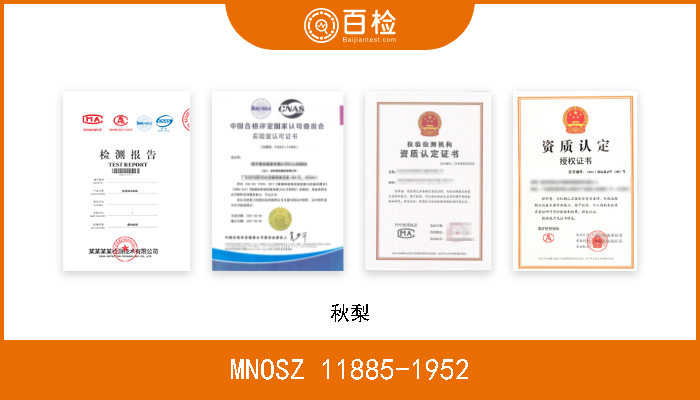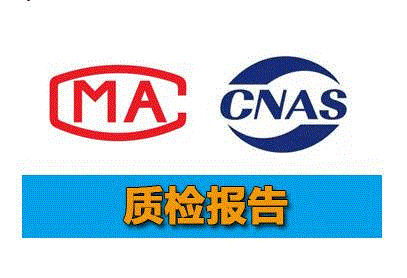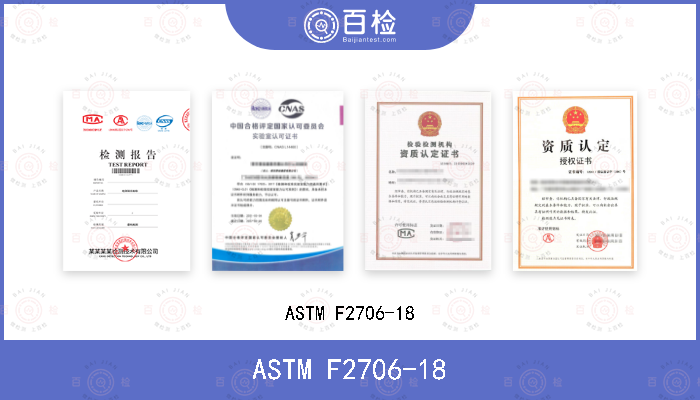ISO 22093-2011 工业自动系统与集成.实际设备控制.尺寸测量接口标准(DMIS)
百检网 2021-08-04
标准号:ISO 22093-2011
中文标准名称:工业自动系统与集成.实际设备控制.尺寸测量接口标准(DMIS)
英文标准名称:Industrial automation systems and integration - Physical device control - Dimensional Measuring Interface Standard (DMIS)
标准类型:N18
发布日期:2011/5/15 12:00:00
实施日期:1999/12/31 12:00:00
中国标准分类号:N18
国际标准分类号:25.040.40
引用标准:American Standard Code for Information Interchange (ASCII);ANSI/ASME B89.4.1-1997;ANSI/CAM-I 101 1990;ANSI Y14.26M-1987;APT: ANSI X3.37-1987;ASME Y14.5M-1994;Dimensional Mark-up Language Specification for the transfer of dimensional inspection results (DM
适用范围:This International Standard defines a neutral language for communication between information systems and Dimensional Measurement Equipment (DME) called the Dimensional Measuring Interface Standard (DMIS).DMIS is an execution language for measurement part programs and provides an exchange format for metrology data such as features, tolerances, and measurement results.DMIS conveys the product and equipment definitions along with the process and reporting information necessary to perform dimensional measurements that employ coordinate metrology. DMIS contains product definitions for nominal features, feature constructions, dimensional and geometric tolerances, functional datums, and part coordinate systems. It also communicates equipment definitions for various measurement sensors, measurement resources, and machine parameters. DMIS instructs the DME's motions and measurements for product acceptance or verification and for manufacturing process validation and control. Furthermore, DMIS guides the analysis of coordinate data to report and tag measurement results that ascertain product/process quality.Finally, to aid in its implementation, application functional subsets of DMIS have been defined that ensure successful interoperability and to validate DMIS conformance. Also, DMIS addresses the associativity of DMIS product definitions with CAD information.While primarily designed for communication between automated equipment, DMIS is designed to be both humanreadableand human-writable, allowing inspection programs to be written and inspection results to be analyzed without the use of computer aids. With the enhancement of the High Level Language extensions, DMIS can function and be implemented as a complete DME language.DMIS provides the vocabulary to pass inspection programs to dimensional measuring equipment and to passmeasurement and process data back to an analysis, collection, and/or archiving system. A piece of equipmentwhich interfaces to others, using the DMIS vocabulary, may do so directly or it may have a pre-processor to convertits own native data formats into the DMIS format and/or a postprocessor to convert the DMIS format into its owndata structure.An environment making use of the DMIS input and output formats as a data exchange standard is depicted in (Figure 1 — DMIS environment) . As illustrated, an inspection program can be created by many different approaches. Inspection program creation can be assisted by CAD systems, non -graphical systems, automatedsystems, or constructed manually. A programming system may require a pre-processor which converts the program into DMIS format. A DMIS inspection program can then be executed on dissimilar dimensional measuring equipments. In ( Figure 1 — DMIS environment), DME I has a DMIS pre -processor and post-processor which converts the DMIS data into its own unique data format. DME IV is utilizing DMIS as its native format and therefore no pre-processors or post-processors are required. Also, a host computer is being used to control DME II andDME III. The host has a post-processor which decodes the DMIS program and drives the two DMEs, eitherthrough DMIS formats, or through some user-defined data exchange format.Resultant data may be passed back in DMIS format through various scenarios. For example, this data could bepassed directly as DMIS or via a post-processor. Resultant data is typically passed to an analysis system and/or astorage system such as a Quality Information System (QIS).The manual interface indicates that DMIS programs can be hand written, and results analyzed, without the use ofcomputer aids. In addition, many other uses of the DMIS data exchange format could be applied.
中文标准名称:工业自动系统与集成.实际设备控制.尺寸测量接口标准(DMIS)
英文标准名称:Industrial automation systems and integration - Physical device control - Dimensional Measuring Interface Standard (DMIS)
标准类型:N18
发布日期:2011/5/15 12:00:00
实施日期:1999/12/31 12:00:00
中国标准分类号:N18
国际标准分类号:25.040.40
引用标准:American Standard Code for Information Interchange (ASCII);ANSI/ASME B89.4.1-1997;ANSI/CAM-I 101 1990;ANSI Y14.26M-1987;APT: ANSI X3.37-1987;ASME Y14.5M-1994;Dimensional Mark-up Language Specification for the transfer of dimensional inspection results (DM
适用范围:This International Standard defines a neutral language for communication between information systems and Dimensional Measurement Equipment (DME) called the Dimensional Measuring Interface Standard (DMIS).DMIS is an execution language for measurement part programs and provides an exchange format for metrology data such as features, tolerances, and measurement results.DMIS conveys the product and equipment definitions along with the process and reporting information necessary to perform dimensional measurements that employ coordinate metrology. DMIS contains product definitions for nominal features, feature constructions, dimensional and geometric tolerances, functional datums, and part coordinate systems. It also communicates equipment definitions for various measurement sensors, measurement resources, and machine parameters. DMIS instructs the DME's motions and measurements for product acceptance or verification and for manufacturing process validation and control. Furthermore, DMIS guides the analysis of coordinate data to report and tag measurement results that ascertain product/process quality.Finally, to aid in its implementation, application functional subsets of DMIS have been defined that ensure successful interoperability and to validate DMIS conformance. Also, DMIS addresses the associativity of DMIS product definitions with CAD information.While primarily designed for communication between automated equipment, DMIS is designed to be both humanreadableand human-writable, allowing inspection programs to be written and inspection results to be analyzed without the use of computer aids. With the enhancement of the High Level Language extensions, DMIS can function and be implemented as a complete DME language.DMIS provides the vocabulary to pass inspection programs to dimensional measuring equipment and to passmeasurement and process data back to an analysis, collection, and/or archiving system. A piece of equipmentwhich interfaces to others, using the DMIS vocabulary, may do so directly or it may have a pre-processor to convertits own native data formats into the DMIS format and/or a postprocessor to convert the DMIS format into its owndata structure.An environment making use of the DMIS input and output formats as a data exchange standard is depicted in (Figure 1 — DMIS environment) . As illustrated, an inspection program can be created by many different approaches. Inspection program creation can be assisted by CAD systems, non -graphical systems, automatedsystems, or constructed manually. A programming system may require a pre-processor which converts the program into DMIS format. A DMIS inspection program can then be executed on dissimilar dimensional measuring equipments. In ( Figure 1 — DMIS environment), DME I has a DMIS pre -processor and post-processor which converts the DMIS data into its own unique data format. DME IV is utilizing DMIS as its native format and therefore no pre-processors or post-processors are required. Also, a host computer is being used to control DME II andDME III. The host has a post-processor which decodes the DMIS program and drives the two DMEs, eitherthrough DMIS formats, or through some user-defined data exchange format.Resultant data may be passed back in DMIS format through various scenarios. For example, this data could bepassed directly as DMIS or via a post-processor. Resultant data is typically passed to an analysis system and/or astorage system such as a Quality Information System (QIS).The manual interface indicates that DMIS programs can be hand written, and results analyzed, without the use ofcomputer aids. In addition, many other uses of the DMIS data exchange format could be applied.
百检能给您带来哪些改变?
1、检测行业全覆盖,满足不同的检测;
2、实验室全覆盖,就近分配本地化检测;
3、工程师一对一服务,让检测更精准;
4、免费初检,初检不收取检测费用;
5、自助下单 快递免费上门取样;
6、周期短,费用低,服务周到;
7、拥有CMA、CNAS、CAL等权威资质;
8、检测报告权威有效、中国通用;
客户案例展示
相关商品
版权与免责声明
①本网注名来源于“互联网”的所有作品,版权归原作者或者来源机构所有,如果有涉及作品内容、版权等问题,请在作品发表之日起一个月内与本网联系,联系邮箱service@baijiantest.com,否则视为默认百检网有权进行转载。
②本网注名来源于“百检网”的所有作品,版权归百检网所有,未经本网授权不得转载、摘编或利用其它方式使用。想要转载本网作品,请联系:service@baijiantest.com。已获本网授权的作品,应在授权范围内使用,并注明"来源:百检网"。违者本网将追究相关法律责任。
③本网所载作品仅代表作者独立观点,不代表百检立场,用户需作出独立判断,如有异议或投诉,请联系service@baijiantest.com
相关问答
最新资讯

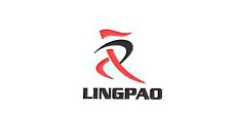
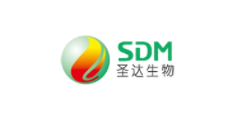
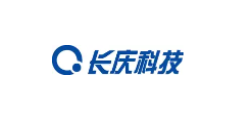

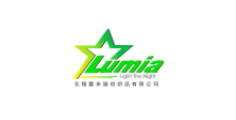



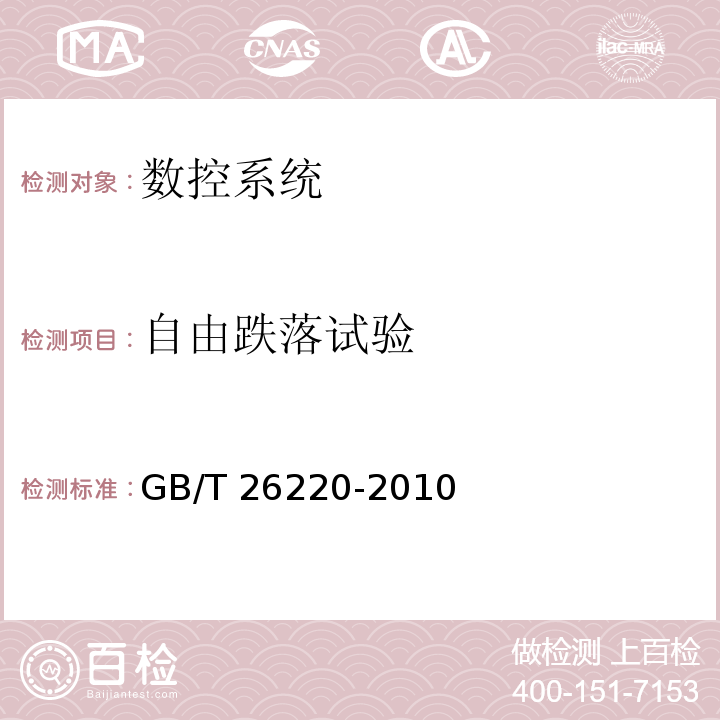
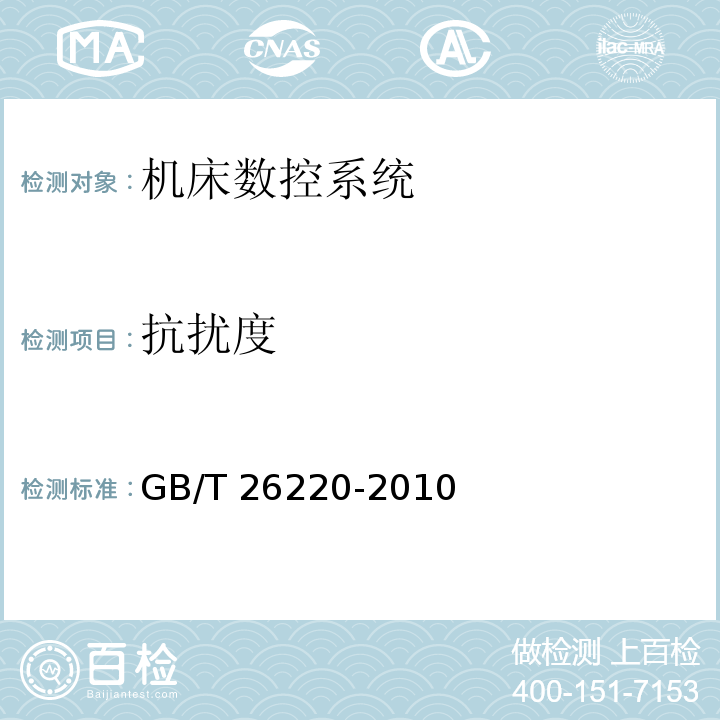

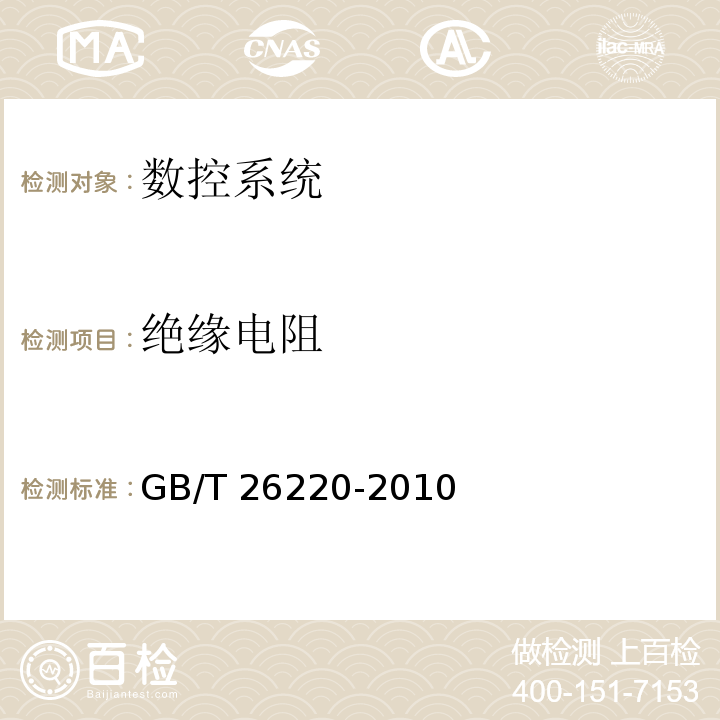
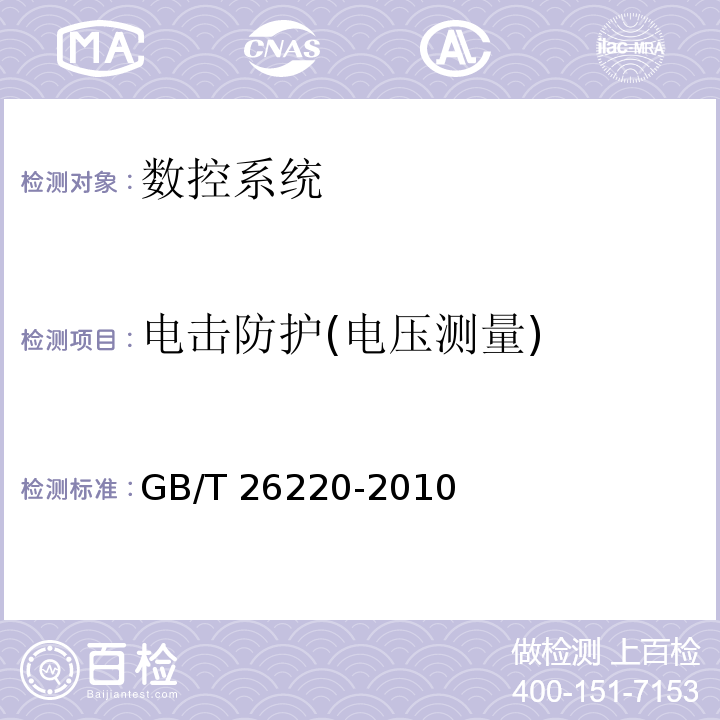
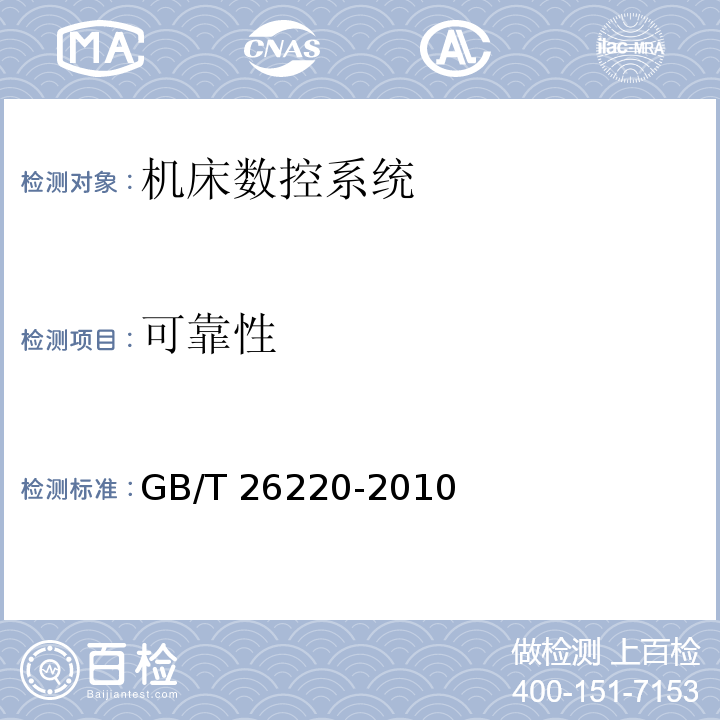
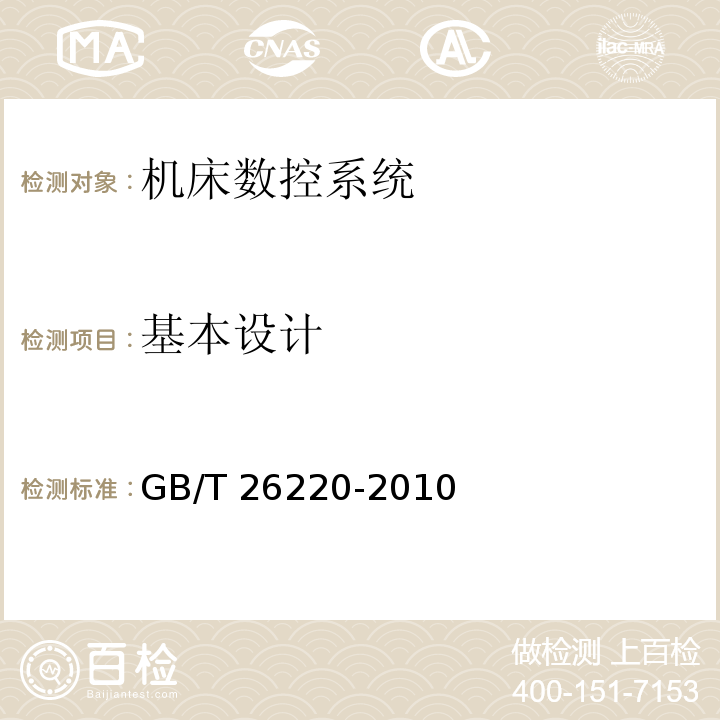
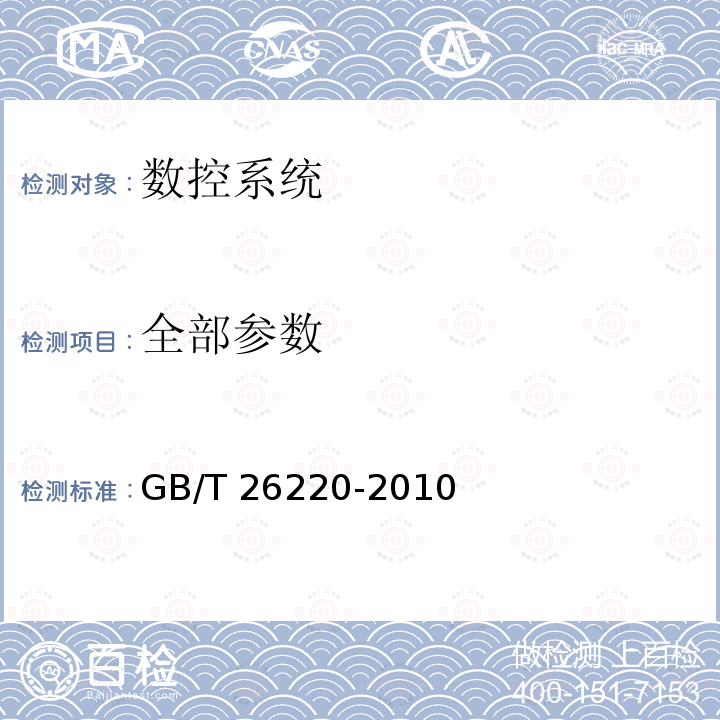
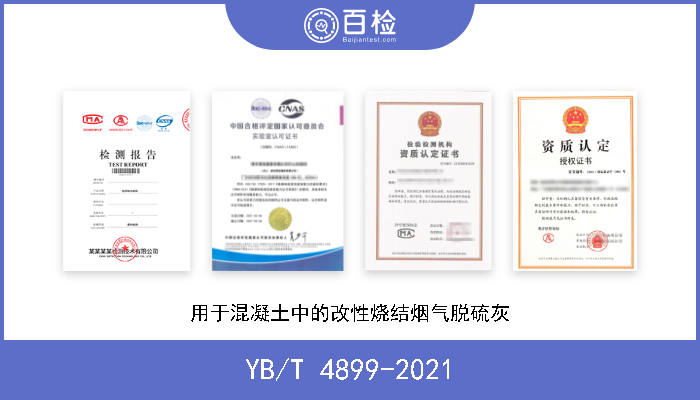

.png)
